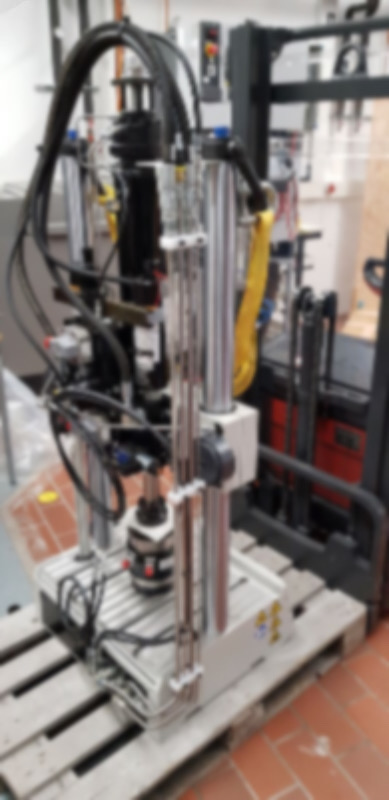
What is Calibration?
What is Calibration?
Calibration (also known as "calibration") in metrology is a measurement process used to determine and document the deviation of a measuring instrument or gauge from another measuring instrument or gauge, which is referred to as the standard in this case.
Calibration is a crucial process in the industrial sector, designed to ensure the accuracy and reliability of measuring instruments and devices. This process is of paramount importance as precise measurements are vital in the industry for quality assurance, product safety, and compliance with standards and regulations.
Calibrations are employed in various industrial sectors, including manufacturing, pharmaceuticals, aerospace, automotive industry, and many others.
Why calibrate?
Rising quality standards and strict regulations lead to increasing demands in production and manufacturing. This means that quality-relevant measuring tasks must be monitored, documented, and performed with the right test equipment. This not only demands many widely recognized standards such as the ISO 9000 series but also industry-specific standards such as IATF 16949 or the EU GMP Guide. For this reason, all measuring devices used for quality-relevant tasks must be calibrated. This is mandatory because even minor measurement errors can have drastic impacts on the safety of production processes or the quality of products.
Who can perform the calibration of measuring instruments?
Calibration can be carried out by an external laboratory (e.g., SP Calibration Suisse GmbH) or an internal entity within your organization.
What is the difference between adjustment and calibration?
Adjusting involves setting a measuring instrument to the smallest possible deviation from the correct value. Adjustment requires intervention on the measuring instrument itself. In contrast, calibration does not alter the measuring instrument itself. Both processes are used to identify and document deviations. If a calibration identifies a deviation outside the allowable tolerance range, the measuring instrument is adjusted so that the values fall within the acceptable tolerances.
What is the difference between calibration and verification?
The differentiation between calibration and verification is more regulatory and organizational than a technical distinction. Calibration is the "official attestation of measuring instruments such as scales, carried out by legal metrology authorities to ensure measurement safety." In contrast, calibration can be performed on any measuring instrument.
What is a traceable calibration?
In a traceable calibration, the calibration standard can be traced back through an unbroken chain of calibrations to a national or international standard. Each of these calibrations must have the property of being traceable. SCS calibration certificates prove that this calibration is traceable.
What is an accredited calibration?
Accreditation is a formal recognition of a calibration laboratory's competence to perform specific calibrations according to established standards (SCS guidelines). This formal declaration is made by an authorized body.
How often should I calibrate my measuring instruments (calibration cycle, calibration interval)?
The most commonly chosen calibration interval is 12 months. In reality, the calibration interval should be defined on a risk-based and application-specific basis for each measuring instrument individually.
What is a measuring device / measuring instrument / test equipment?
Those measuring instruments used to carry out an assessment of compliance with a quality requirement after the process of measurement. Linking measurement with the assessment of compliance with a quality requirement transforms a measuring instrument into test equipment.
At which and how many measurement points should calibration be performed?
Calibration should always cover the entire working range of a sensor. Therefore, two calibration points are often set—the lowest operating point of the sensor and the highest. Since it cannot always be assumed that the sensor's measurement line is linear within these two points, at least a third calibration point should be added. Ideally, this point lies in the middle of the working range. (See 3-Point Calibration in Calibration Procedures)